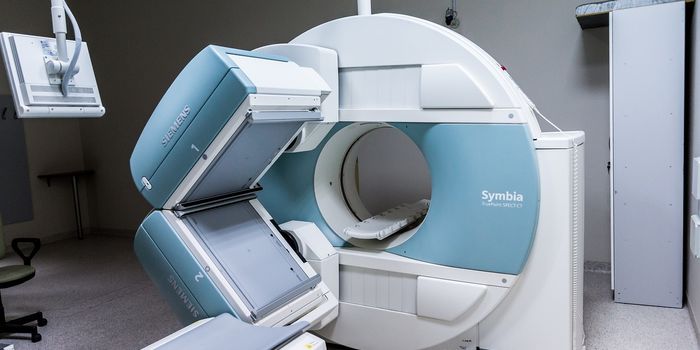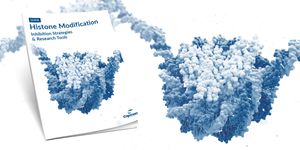Scientists Find a Biomarker for Better Scleroderma Detection
Scleroderma, or systemic sclerosis refers to a disorder in which the skin and connective tissues of the body start to thicken and harden because of the overproduction of a protein called collagen. Sometimes other organs including heart and lungs may eventually be affected, and it can be fatal. There is a subset of scleroderma patients who have a condition called diffuse cutaneous systemic sclerosis, which often has a worse prognosis. Now, scientists have identified a potential biomarker of this condition, which could benefit patients with diffuse cutaneous systemic sclerosis; early diagnosis may help slow the progression of the disease and improve outcomes.
Scleroderma is thought to be an autoimmune condition; immune signaling molecules known as type 1 interferons (IFNs) generate a kind of signature that can act as a biomarker of diffuse cutaneous systemic sclerosis. The findings have been reported in The Lancet Rheumatology.
Scleroderma may be relatively rare, but it can be a serious disease. "It has the highest case fatality rate of all the autoimmune rheumatic diseases—worse than rheumatoid arthritis and lupus," said first study author Monique Hinchcliff, MD, M.S., an associate professor of medicine at Yale School of Medicine (YSM). "If we catch patients early and treat them more aggressively, we can often prevent bad outcomes."
In his study, the researchers obtained samples from over 200 affected individuals and another group of unaffected volunteers.
Although unusually high type 1 IFN levels have been associated with more severe autoimmune disease, it is challenging to accurately measure the levels of these IFNs. As such, the researchers assessed the levels of other molecules that are generated in response to type 1 IFNs, to measure the IFN levels indirectly.
Patients with higher IFN levels tended to have more severe disease, such as worse lung function and chronic joint pain. Higher IFN levels were also linked to higher mortality rates.
These high levels could help identify patients who are most at risk for the worse forms of scleroderma, suggested Hinchcliff. This could inform treatments and potentially avoid some of the worst outcomes.
"These are people at high risk, and we really need to be focused on monitoring them closely and treating them aggressively before lung damage occurs," noted Hinchcliff.
Although additional validation and development will be necessary, this approach may eventually help identify patients who are at risk of diffuse cutaneous systemic sclerosis.
Sources: Yale University, The Lancet Rheumatology









